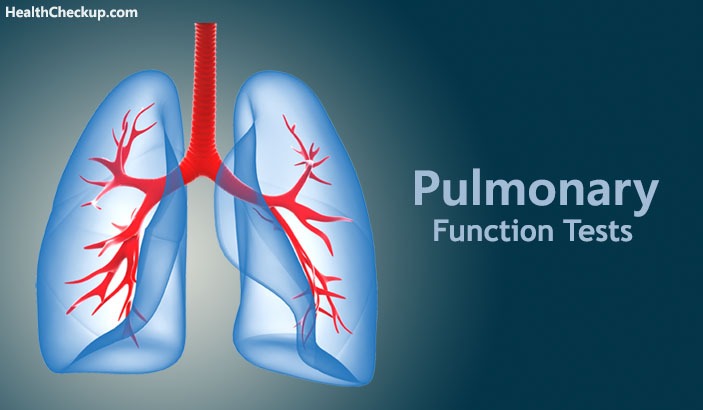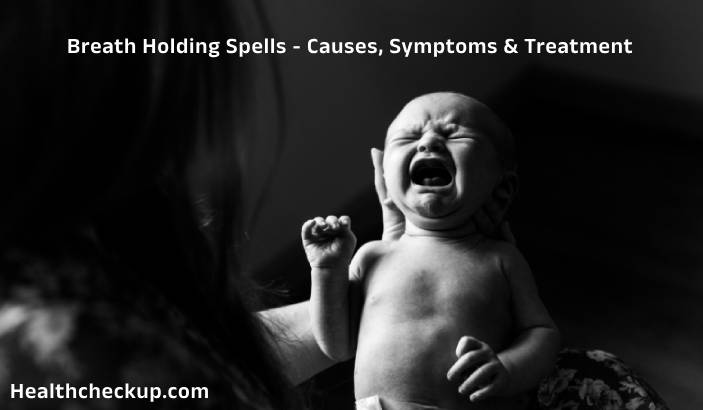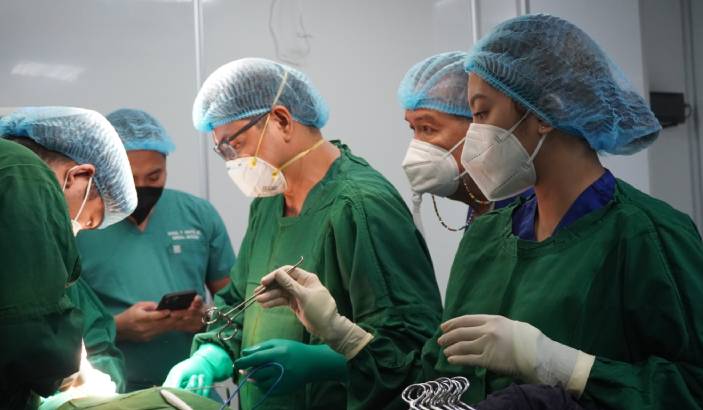A complete health check helps us understand if our body is functioning like it is supposed to and there are no hidden issues. The heart, eyes, and the kidneys tend to get more attention when it comes to an evaluation while overlooking the health of our lungs. According to the World Health Organization, India has the highest number of deaths due to lung diseases. Deaths due to lung diseases account for 11% of the total deaths in the country and it is rising every day. There are approximately 142 people dying for every 1 lakh because of at least one type of lung disease.
Respiratory diseases like chronic obstructive pulmonary disease (COPD), asthma, Interstitial Lung Disease (ILD), tuberculosis (TB) and pneumonia, have emerged as foremost health issues in the country. The study further states that pulmonary fibrosis accounts for 15% while the incidence of pulmonary obstruction among men is 5%. No wonder then, lung diseases are no longer restricted to the elderly, but it is being detected in youngsters too.
Breathing is automatic and very few of us would pay attention to it; however, the way we breathe would tell us how well our lungs are working. To understand how effective, the lungs are in bringing oxygen to the body, a doctor may prescribe the pulmonary function tests.
Take a look at what this test is all about
What is a Lung Function Test?
A group of tests which include patient’s medical history, physical exam, chest x-rays, analysis of the arterial blood gas and a pulmonary function tests done to evaluate the respiratory system is Pulmonary function tests i.e. PFT.
A Doctor Would ask for PFT Tests if
- You show symptoms of lung diseases
- It’s a part of your yearly health check-up
- To check if the treatment given for a lung disease for e.g. asthma is working
- To evaluate how your lungs work before your scheduled surgery
What Does the PFT Test Results Indicate?
These Pulmonary Function Tests Results Allow the Doctor to Know
- If the lung is functioning like it should
- If there is any kind of damage and how severe the damage is
- It helps the physician get answers to any queries regarding lung diseases.
When is it Done?
The PFT tests are used to diagnose and manage a number of health issues. They are done
- when you suffer from chronic shortness of breath
- have a history of asthma
- suffer from allergies
- are prone to respiratory infections
- fibrosis of the lungs
- suffer from bronchiectasis, where the airways in the lungs stretch and widen
- suffer from a coronary obstructive pulmonary disorder, known as emphysema earlier.
- are exposed to asbestos and suffer from asbestosis
- have sarcoidosis, an inflammation in your lungs, lymph nodes, eyes, skin, liver and other tissues
- suffer from pulmonary tumor
- display symptoms or have lung cancer
- suffer from scleroderma, a disease that affects your connective tissues
- restrictive lung disease
What Can You Expect in a PFT Test?
There are a number of different tests done to measure the effectiveness of lungs. One of those tests includes a test to measure airflow in our body, called Spirometry. This test analyses how quickly you exhale and inhale air while breathing. This test helps to evaluate the different types of lung diseases by measuring how much and how quickly you exhale over a period of time.
A few tests are done where you can breathe normally, while there are some, where you have to inhale or exhale forcefully after breathing forcefully. At other times the technician may ask you to take medication that helps to open your nasal airways or inhale a gas like helium, oxygen or carbon dioxide to understand how it affects your pulmonary function tests results.
The spirometry test is done to measure airflow while there is another test that measures the volume of the lungs. This test is known as Plethysmography. In this test, you are asked to sit or stand and breathe into an enclosed booth where any change in the pressure is monitored. This change helps to determine the volume of the lungs.
You may also be asked to inhale different gases for a specific time and exhale into an airtight box. The concentration of gas in the box helps to measure the lung volume.
Pulmonary function tests also include a test to measure the diffusion capacity of the lungs. The person is asked to inhale a harmless gas such as tracer gas for one breath and then asked to exhale. The concentration of the gas when you exhale is measured. The difference in the amount inhaled and that exhaled, measures how well the gas is able to travel from your lungs to the blood stream. The diffusion results help the doctor understand how effective are the lungs in moving oxygen from air to our bloodstream.
Are there Any Risks of Taking These Tests?
Yes, there are a few risks you should know about when you take the test. This test may cause problems if
- you had a heart attack recently
- underwent an eye or a chest or abdomen surgery a few days ago
- you are suffering from a chronic respiratory infection
- you suffer from a heart disease
Most often these tests are safe; however, you may suffer from a little dizziness or feel faint because the tests need you to breathe in and out very quickly or forcefully. You should inform the doctor if you are feeling faint. A collapsed lung could also be an effect of taking the PFT test, but that happens in a very rare case.
Here’s What you Need to Do When you Have to Take the Pulmonary Function Tests
- Make sure you have a light meal before the test. A full stomach may not allow your lungs to inhale completely.
- If you smoke, then you should make sure you don’t smoke 4-6 hours before taking the test.
- Avoid vigorous exercises
- In case you are on medication for bronchitis or asthma, then the doctor may ask you to stop medications before the test
- Please inform the doctor about any other medications that you take for pain.
- Avoid food and drinks that have caffeine in them such as tea, coffee or chocolates before the test
- Wear loose fitting clothes and avoid wearing heavy jewelry when taking the test, as tight fit clothes and heavy jewelry may restrict your breathing
Following these measure will help you get the right pulmonary tests results that may aid the doctor in offering better treatment for your lung issues.
Medically Reviewed By








